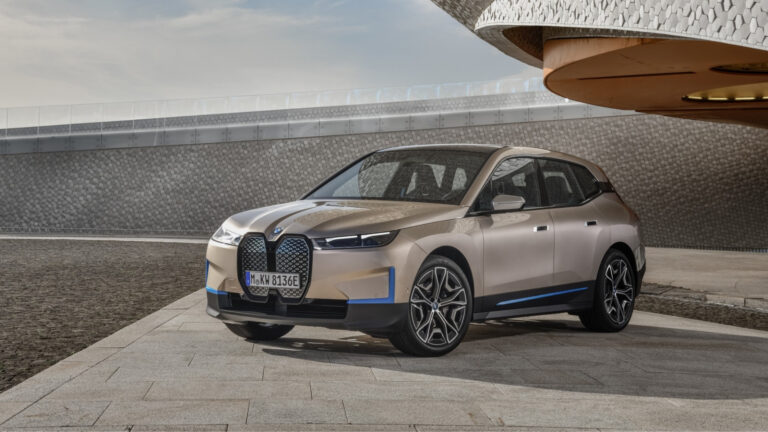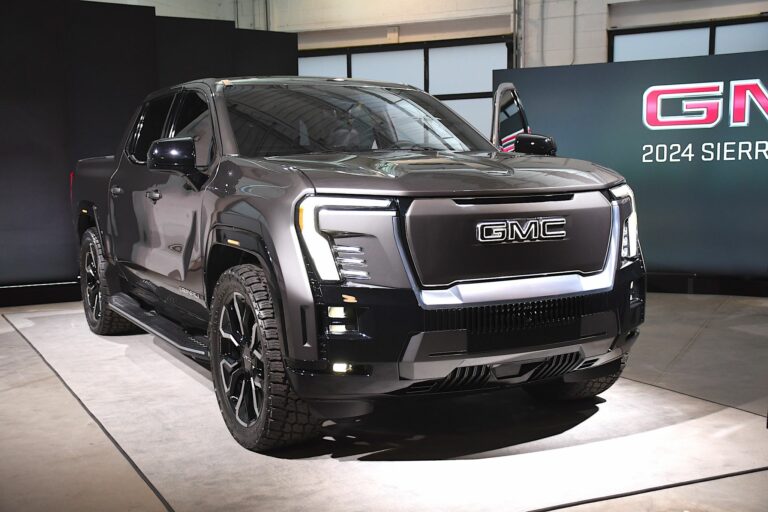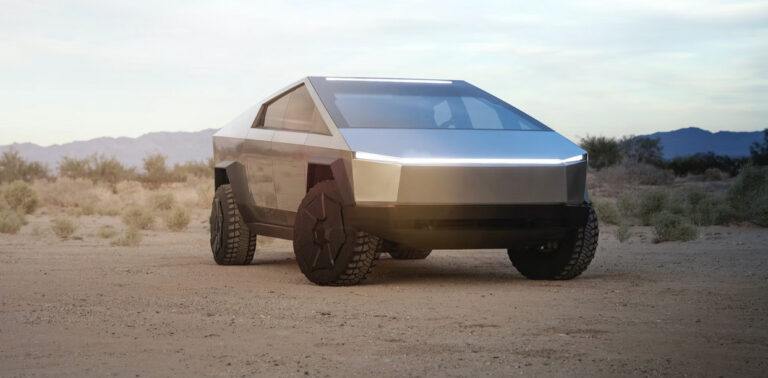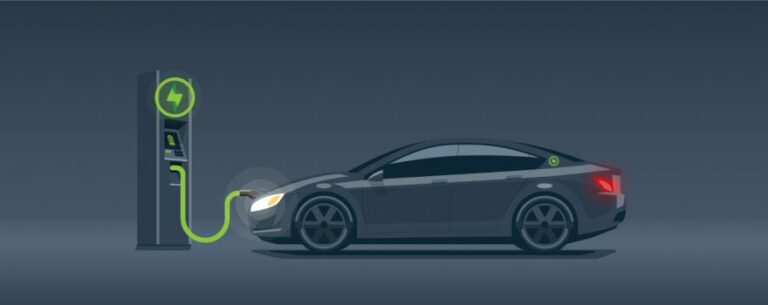
Catégories :
Ford F-150 Lightning vs Chevrolet Silverado EV: the comparison
2024-05-04 - Updated 2024-06-07
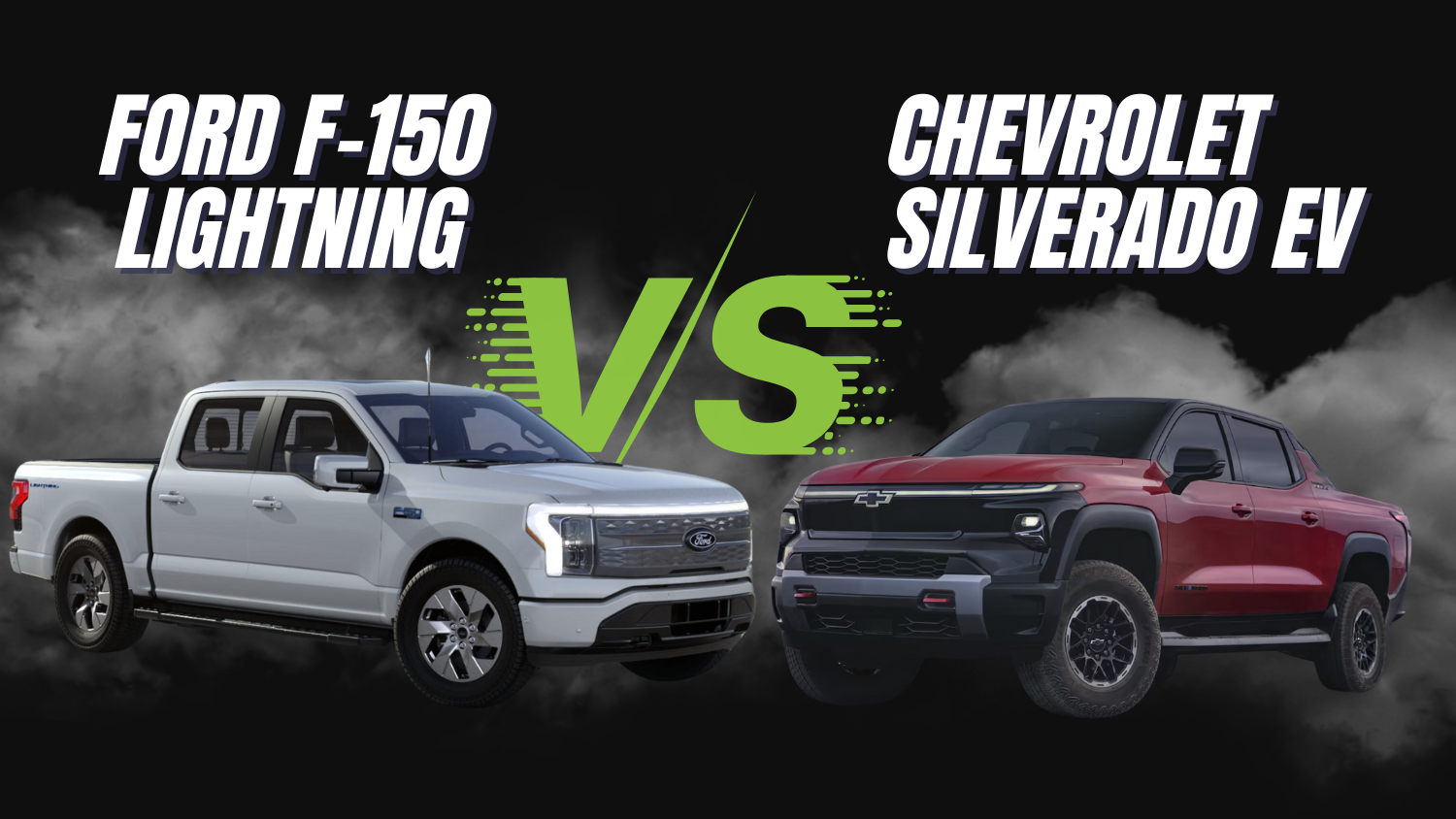
It’s a fact: the electric vehicle market is booming. With the massive arrival of new models this year, certain segments will be very interesting to analyze. Until now, we’ve been comparing different electric models of all kinds, but now it will be possible to compare models belonging to the same niche and aimed at the same clientele. It goes without saying that the Ford F-150 Lightning and the Chevrolet Silverado EV are two very popular models that absolutely had to be compared!
While the Ford F-150 Lightning made its debut two years ago, the Chevrolet Silverado EV arrives on the market in greater numbers this year. The comparison between the two is inevitable, especially as their gasoline-powered versions are the two best-selling vehicles in the industry. So we’re expecting fierce competition between these two!
Let’s take a look at 10 things that interest people about these two models, to see if one stands out more than the other.
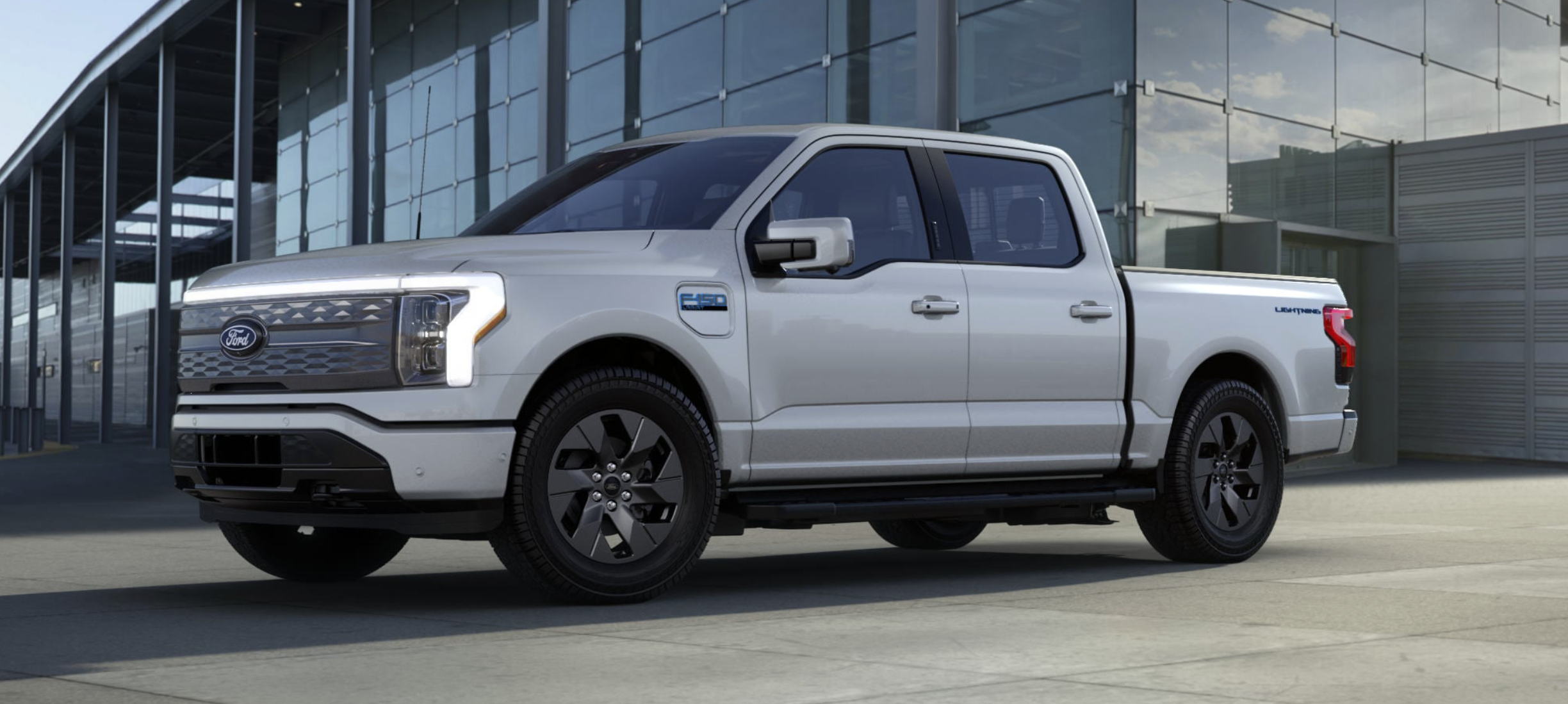
Ford F-150 Lightning above.
Chevrolet Silverado EV below.

1 — Price
Ford has the edge on price for now, as a base Pro version can be had for just over $61,000. At Chevrolet, the 3WT variant sells for around $74,000. However, this is something to watch constantly, as prices fluctuate significantly in this market, and with competition heating up, we can expect changes.
Recent price cuts at Ford have also made the base version eligible for federal rebates.
Ford 1 Chevrolet 0
2 — Range
Ford has impressive range figures, but Chevrolet is more generous. The F-150 Lightning has a maximum range of 515 kilometres, less than the base 3WT version of the Chevrolet Silverado EV, which offers 632 km. The 4WT and RST variants extend to 724 and 708 km, respectively.
Moreover, these distances are achievable with the Silverado, whereas the Lightning’s range tends to drop more quickly.
Ford 1 Chevrolet 1
3 — Power
When it comes to power, Chevrolet leads with 754 horsepower and 789 lb-ft of torque. Ford’s maximum output is 580 horsepower, which can be achieved with the largest battery.
Ford 1 Chevrolet 2
4 — Acceleration
One might think the more powerful model would offer better acceleration. However, this isn’t the case, as the additional weight of the Chevrolet Silverado EV hampers it. The F-150 Lightning is fastest from 0-97 km/h (0-60 mph), with a time of 4.1 seconds compared to Chevrolet’s 4.5 seconds.
While this difference doesn’t make one model more competent than the other, it’s an interesting nuance for performance enthusiasts to consider.
Ford 2 Chevrolet 2
5 — Battery Size
Here, we see how the philosophies behind the creation of the two models led the manufacturers on different paths. Ford modified a regular F-150 to create an electric model, installing two battery sizes: 93 kWh and 131 kWh.
Chevrolet, on the other hand, designed an electric model from scratch, allowing for larger batteries and more range. The 3WT model has a 170 kWh battery, while the other variants feature 205 kWh batteries.
Smaller batteries have the advantage of less weight, while larger batteries offer more range.
It’s a draw here.
Ford 2.5 Chevrolet 2.5
6 — Towing and Payload Capacity
The Chevrolet Silverado EV 3WT’s maximum towing capacity is 12,500 pounds, while the other versions can tow up to 10,000 pounds.
Ford’s maximum towing capacity is 10,000 pounds; some versions offer less than 8,000 pounds.
Regarding payload capacity, Ford’s base version handles 2,000 pounds, whereas Chevrolet’s 3WT variant is limited to 1,750 pounds.
Another draw, as both models can accomplish similar tasks.
Ford 3 Chevrolet 3
7 — Interior Quality
Inside, analyzing the quality, Ford has a clear advantage. The F-150 Lightning features high-quality materials and an interesting level of luxury.

Ford F-150 Lightning interior
With the Silverado EV, even the RST performance version is disappointing. Too many plastics of dubious quality have been invited on board.

Chevrolet Silverado EV interior
For the price, this isn’t very reassuring for Chevrolet.
Ford 4 Chevrolet 3
8 — Interior Layout and Cargo Capacity
However, Chevrolet offers an innovative feature that gives it an edge in layout and cargo capacity. Between the bed and the cab is a foldable Multiflex Mid-Gate that allows for storing longer items. The regular F-150 configuration doesn’t allow for such innovation. Therefore, Ford’s bed length is 5 feet 5 inches, whereas Chevrolet’s can reach 10 feet 10 inches with the wall folded down.
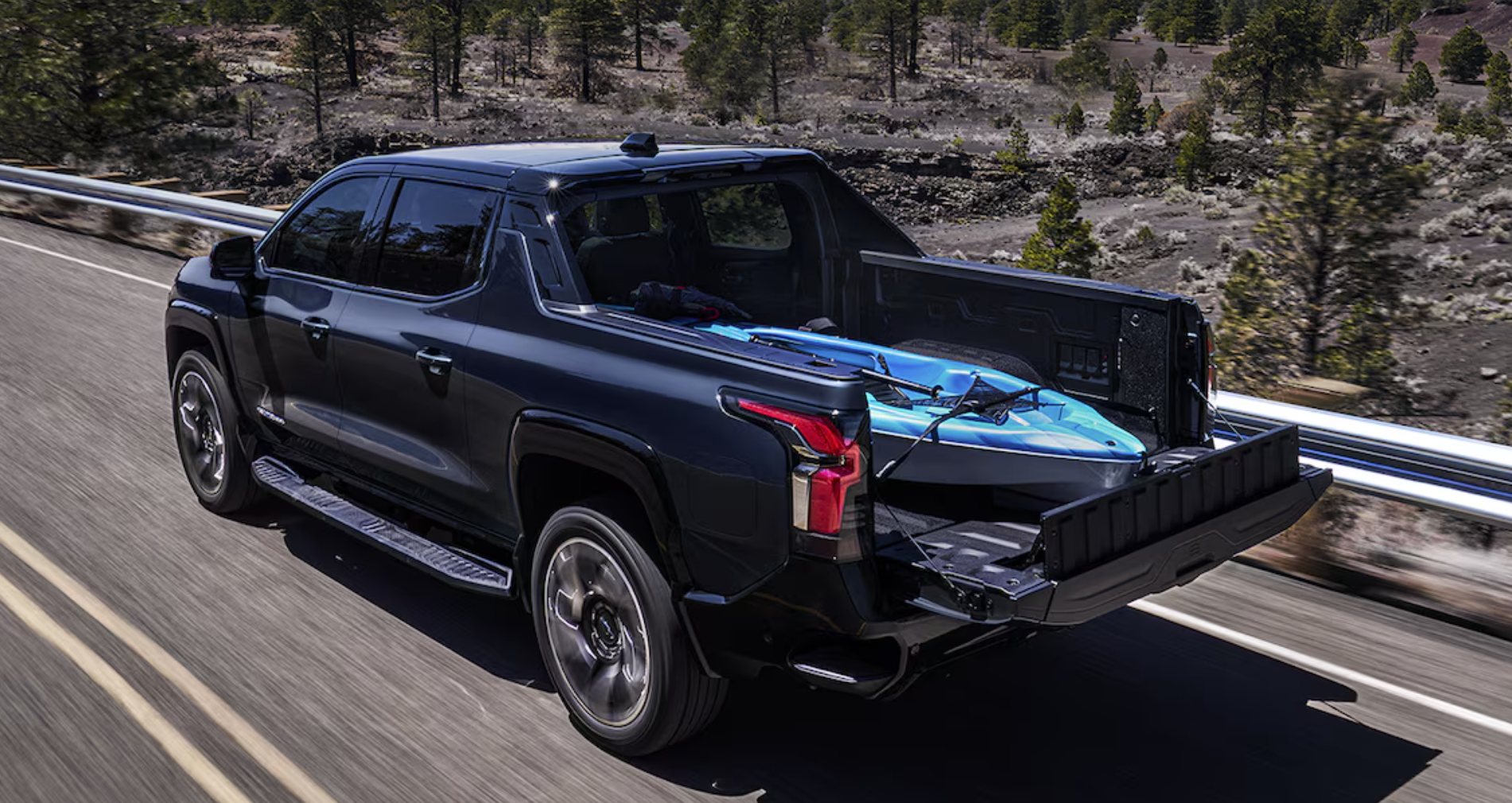
Ford 4 Chevrolet 4
9 — Ride Quality
Both models offer good comfort and ride smoothness. However, the F-150 Lightning offers better comfort due to its lighter weight of about 2,000 pounds, while the Silverado EV’s weight is always noticeable. Avoid the 24-inch wheels with the RST First Edition version. Chevrolet has some work to do here.
Ford 5 Chevrolet 4
10 — Semi-Autonomous Driving
Both models offer semi-autonomous driving systems: Super Cruise for Chevrolet and Blue Cruise for Ford. Although both systems work well, Chevrolet has the advantage. Super Cruise is more effective and can operate on more road segments—1.2 million kilometres (by the end of 2025) in Canada and the U.S.
The Blue Cruise system operates on about 200,000 km of roads in the same regions.
Ford 5 Chevrolet 5
And the winner is…
We could have chosen to analyze many other elements, such as front trunk capacity, multimedia system accuracy, charging speed, etc.
Our overview provides a glimpse into the value of these two models, which are nearly neck and neck despite not being built from the same mold.
The sales figures will be interesting to watch to see which product consumers lean towards.
So, which of these two models do you prefer?
